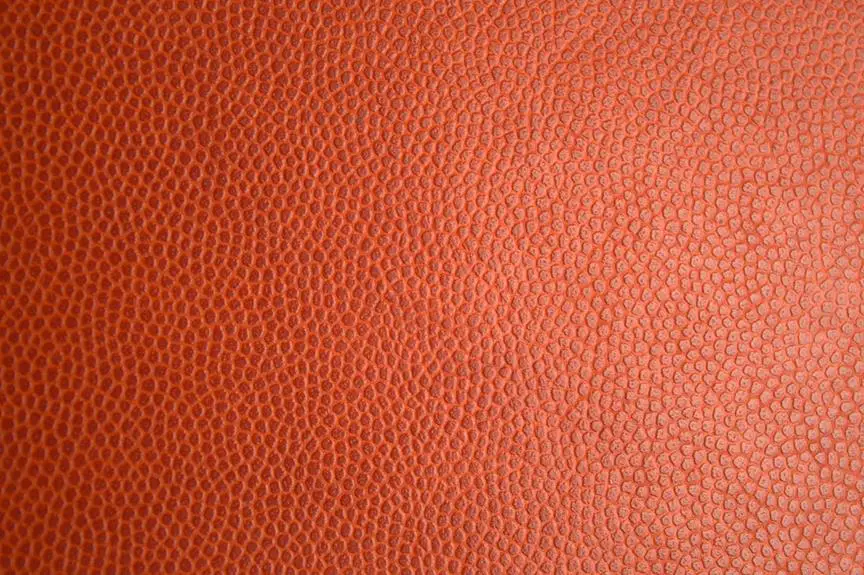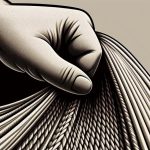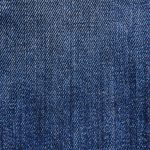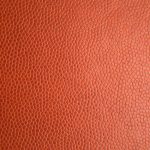When it comes to choosing fabrics, you might wonder just how durable duck canvas really is. Known for its high thread count and robust construction, this fabric stands up impressively against wear and tear, making it a top contender for a variety of applications. But what sets it apart from other materials? Understanding its properties and how to properly care for it can be vital if you want the most from your investment. Let's explore the nuances that contribute to duck canvas's longevity and the considerations you should keep in mind.
Table of Contents
Properties of Duck Canvas
Duck canvas is a durable fabric, known for its tight weave and sturdy texture, making it ideal for a variety of applications.
You'll notice its robust qualities right away, as the fabric boasts a high thread count that provides exceptional strength. This means it can withstand wear and tear, making it perfect for items like tents, backpacks, and even work garments.
One of the standout properties of duck canvas is its water resistance. Many types are treated to repel water, which is great if you're planning outdoor adventures.
Additionally, duck canvas is often made from cotton or a cotton blend, giving it a natural feel that's breathable and comfortable against the skin.
It's also worth noting that duck canvas is available in varying weights, allowing you to choose the right thickness for your project.
Heavier weights offer even greater durability, while lighter options remain flexible yet strong.
Comparison With Other Fabrics
When comparing duck canvas to other fabrics like denim or polyester, you'll find its unique balance of durability and comfort sets it apart for numerous applications.
Duck canvas tends to be thicker and heavier than denim, making it stiffer and possibly less flexible. However, that thickness translates to greater durability, particularly in rough conditions. You'll appreciate its ability to resist wear and tear, especially if you use it for heavy-duty items.
Polyester, on the other hand, offers excellent moisture resistance and quick drying time, but it lacks the natural feel and breathability of duck canvas.
While polyester often wins in terms of being lightweight, duck canvas provides a cozy, organic touch that many find appealing. Furthermore, the dye used in duck canvas often results in richer colors compared to polyester, which can fade more easily over time.
Common Uses of Duck Canvas
Duck canvas is widely used in various applications, thanks to its robust durability and comfortable texture. One of the most common uses is for making durable bags, such as tote and duffel bags, which can easily handle heavy loads. If you're into outdoor activities, you might spot duck canvas in tents and backpacks, where its water-resistant properties come in handy.
You can also see it in workwear, particularly for jackets and overalls designed for tough jobs. The fabric's ability to resist abrasions makes it a favorite among tradespeople. Additionally, household items like curtains, cushions, and tablecloths often feature duck canvas, providing both style and durability.
Artists frequently use duck canvas for painting, as it serves as a strong foundation for various mediums. If you enjoy DIY projects, consider using duck canvas for upholstery or crafting custom home decor.
Moreover, many pet owners appreciate duck canvas products like pet beds and toys, valuing the fabric's resilience against wear and tear. Overall, duck canvas offers practical solutions for a wide array of everyday items, combining functionality with a touch of style.
Care and Maintenance Tips
To keep duck canvas looking great and extend its lifespan, regular care and maintenance are essential. With just a little effort, you can ensure that your items remain in top condition.
1. Regular Cleaning: Remove dirt and dust by brushing off your duck canvas product regularly. For stubborn stains, spot clean with a damp cloth and mild soap. Avoid using harsh chemicals that can damage the fabric.
2. Proper Storage: When not in use, store your duck canvas items in a cool, dry place. Ensure they're not exposed to direct sunlight for extended periods, as this can cause fading and weakening of the fibers.
3. Waterproofing Treatments: If your duck canvas will be exposed to moisture, consider applying a waterproofing spray. This can help repel water and prevent mold or mildew from forming.
Longevity and Sustainability
Duck canvas fabric offers both durability and eco-friendliness, making it a smart choice for sustainable living. When you choose this fabric, you're opting for a material that lasts significantly longer than many alternatives.
Its strength means that your items, whether they're bags, tents, or upholstery, hold up remarkably well over time, reducing the frequency of replacements.
Beyond its robust nature, duck canvas is often made from cotton or hemp—both renewable resources. This means you're supporting a fabric that can be sustainably sourced, unlike synthetic materials derived from fossil fuels.
Additionally, because it requires minimal processing, the environmental impact during production is lower.
Choosing duck canvas also means you can embrace simplicity. Its timeless style and functionality mean that items made from this fabric won't go out of fashion quickly, ensuring prolonged-use.
Repairing duck canvas is straightforward, further extending its lifespan and minimizing waste.
Frequently Asked Questions
Is Duck Canvas Fabric Water-Resistant or Waterproof?
Duck canvas fabric isn't waterproof, but it's often treated to be water-resistant, helping it repel moisture. You can enhance its water resistance by applying additional coatings or sprays for better protection against the elements.
Can Duck Canvas Be Dyed Easily?
Yes, you can dye duck canvas relatively easily. Just choose the right dye and follow the instructions. Pre-soaking it helps, and you'll achieve vibrant colors that enhance your projects beautifully. Just ensure the fabric's clean beforehand.
What Is the Weight Range of Duck Canvas?
Duck canvas typically weighs between 5 to 12 ounces per square yard. You'll find that the heavier options are more durable, suited for demanding projects, while lighter varieties work well for crafting and lighter applications.
Is It Suitable for Outdoor Furniture?
Yes, it's suitable for outdoor furniture. Duck canvas offers excellent resistance against wear, moisture, and UV rays, making it a great choice for enhancing your outdoor space while ensuring longevity and style for your furniture.
How Does Duck Canvas Perform in High Humidity?
In high humidity, duck canvas can absorb moisture, which might lead to mildew if not dried properly. You'll want to ensure it's treated for outdoor use and maintained regularly to enhance its performance.
- The History and Evolution of Chamois Fabric - June 22, 2025
- Chamois Fabric on Wikipedia: What You Need to Know - June 22, 2025
- How to Pronounce Chamois Fabric Correctly - June 22, 2025







